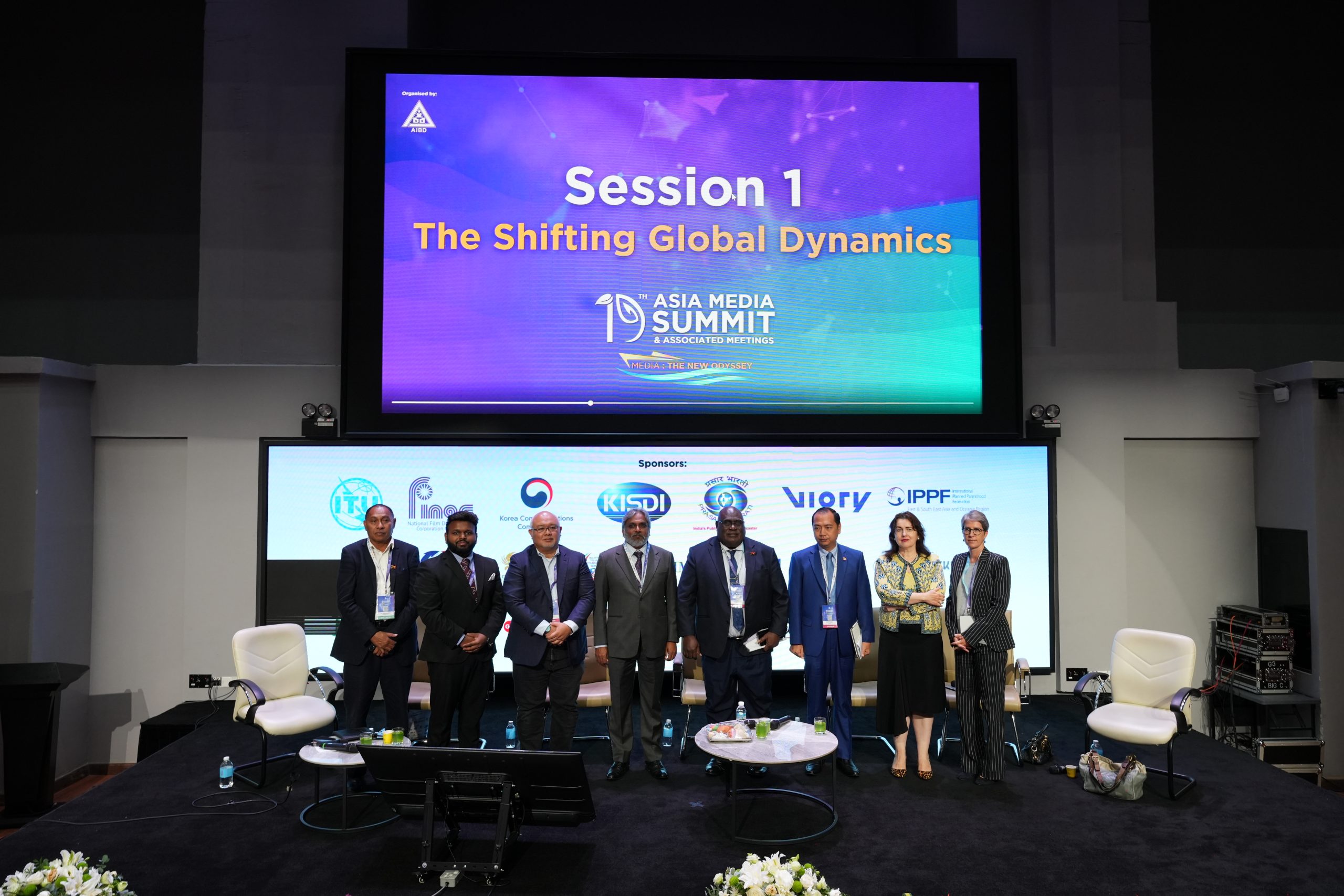New Working Practices in the Broadcast Industry
[img_assist|nid=1592|title=|desc=|link=none|align=left|width=100|height=67]The development of new digital technologies and new media have had an impact on working practices in the broadcast industry, particularly in production, journalism and documentation that necessitates critical training to manage change.
The development of new digital technologies and new media have had an impact on working practices in the broadcast industry, particularly in production, journalism and documentation that necessitates critical training to manage change.
“ Some jobs are disappearing while others are changing or emerging, “ Mr Mathie Gallet, Chairman and Chief Executive Officer of the French Nation Audiovisual Institute (INA), France, told participants of the pre-summit Seminar on Capacity Building and Training Strategies in the Digital Media Landscape that started on 23 May in Hanoi 2011.
[img_assist|nid=1591|title=|desc=|link=none|align=center|width=500|height=333]
He said in the manufacturing process that has turned digital, the entire production process from filming to storage has radically changed; journalists have become multi skilled workers who can film, edit, record a voiceover and publish their report online; the audiovisual documentation has been integrated into the production workflow; switching from a medium-based approach to the total dematerialisation of video and metadata media has also been implemented.
The INA head pointed to the radical change by the transfer of digital not only in the librarians’ tools, but also in their entire working environment.“ Data indexing plays an essential role in the retrieval of information in the workflow, “ he said.
INA has set up two master’s courses, one on audiovisual production and another in audiovisual collection management, which will respond to the demands of new jobs in the market.
Another pre-summit speaker was Mr. Eric Soulier, Director for the Mediterranean Region and Asia, Canal France International (CFI), France.
In his presentation, he said CFI has focused on, among others, the development of new media by creating content and support for multimedia usage. He cited a project involving the creation of a web newsroom in the Mediterranean region. Eleven young journalists from eight Mediterranean countries participated in the project. It featured content such as web documentaries, blogs, portraits, reports, focusing on education, environment, culture, and democracy.
CFI is also involved in supporting media growth in developing countries, improving journalism standards by training journalists and upgrading newsroom management and fostering local production by creating new formats & modernizing existing programs.
In 2010, CFI organized 25 trainings for 15 Asian TV partners in 11 countries.




